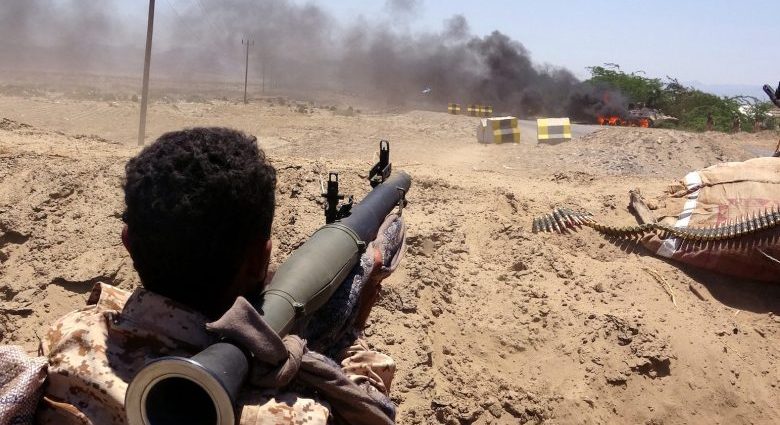The recent agreement to reestablish diplomatic relations between Tehran and Riyadh was no “peace deal,” but the rivals did decide to cool tensions and reopen embassies after a seven-year lapse.
China’s role in facilitating the deal raised the most consternation in Washington, leading some to declare that “a new era of geopolitics” had begun and to assert that the agreement topped “anything the US has been able to achieve in the region since Biden came to office.”
Yet there are plenty of reasons to be skeptical about the notion that the deal signals a newfound Chinese diplomatic prowess or a shifting regional order. For one, Beijing has been wading into Middle East diplomacy for years — most recently via President Xi Jinping’s December trip to chair regional summits in Saudi Arabia — but with little to show for its efforts.
Further, it remains unclear how crucial Beijing was to the Iran-Saudi negotiations. The two parties had been conducting back-channel talks for years in the hopes of de-escalating tensions, with previous rounds sponsored by Iraq and Oman. Those talks were sidelined with the change in government in Iraq and the spread of protests in Iran last year.
Reports on the new agreement suggest that both sides were readily able to reach a consensus on important issues, at least on paper.
Riyadh apparently agreed to soften coverage on Iran International, the London-based media outlet funded by Saudis, which Tehran has depicted as the leading anti-regime instigator throughout the recent protest movement.
In return, Iran reportedly agreed to encourage its Houthi allies in Yemen to maintain the current year-long truce. Since that war began in 2015, Saudi Arabia has spent millions of dollars defending its territory against Houthi missile and drone attacks, which have often targeted major civilian sites.

In short, Riyadh and Tehran already had strong incentives to take at least a few initial diplomatic steps to bolster their internal stability, so forging this deal is hardly a masterstroke for Beijing.
Other open questions are whether the deal will be implemented in full and whether Beijing intends to hold each side accountable.
According to the trilateral statement issued on March 10, Iran and Saudi Arabia agreed to “resume diplomatic relations” and reopen their embassies within two months. (A ministerial-level meeting in Beijing on Thursday, April 6, was a step in that direction.)
They also affirmed their “respect for the sovereignty of states and … non-interference in internal affairs,” as well as their intention to implement their 2001 security cooperation agreement and their 1998 deal covering economic, cultural and scientific cooperation.
Yet the 2001 security cooperation agreement is vague: Although it includes generic language encouraging information sharing and joint training to counter organized crime, terrorism, and drug trafficking, it does not provide a specific path toward initiating such cooperation.
Moreover, the trilateral statement makes painstakingly clear that China’s role was “hosting and sponsoring talks,” and it may host another regional summit later this year. It has given no signal that it intends to be the agreement’s guarantor or keep it on track.
Indeed, the risks of derailment are high given the lack of trust between Riyadh and Tehran. Renewed protests in Iran could trigger another surge of regime anger toward Saudi Arabia, whether or not Riyadh and its allies are involved in fomenting the unrest.
And although the Houthis are closely aligned with Tehran and depend on its weapons, cash, and training, they might still launch further strikes on Saudi Arabia for their own reasons, thereby threatening the fragile ceasefire.
Similarly, Iran’s network of proxies in Iraq and Syria could decide to attack Saudi partners or the kingdom itself, undermining Riyadh’s internal support for compromise.
The deal may even exacerbate the broader geopolitical tensions Beijing likely aims to calm. Iran may perceive the agreement as a tacit endorsement of its current nuclear policy, matching diplomatic intransigence with unprecedented technical advances.

If Tehran decides to double down on its nuclear strategy as a result, it will further alarm Western, Arab, and Israeli officials. In other words, while the deal might de-escalate tensions between Iran and Saudi Arabia, it could simultaneously exacerbate Tehran’s tensions with other actors, potentially raising the possibility of military escalation.
Washington should therefore be clear-eyed about what Beijing’s mediation means—and what it doesn’t. China’s investment in the Middle East will likely continue growing; after all, it is the region’s dominant economic force and has long sought to match its diplomatic standing with its sizable economic footprint.
Until now, its diplomatic reputation in the region has not been challenged by realities on the ground. Getting Iran and Saudi Arabia to publicly agree on a de-escalation accord is a win to be sure. But actually holding them to the agreement over the long term is an entirely different challenge — one that will reveal a great deal about China’s true influence.
Henry Rome is a senior fellow at The Washington Institute for Near East Policy. Grant Rumley is the Institute for Near East Policy’s Goldberger fellow and author of its 2022 study “China’s Security Presence in the Middle East: Redlines and Guidelines for the United States.”
This article was originally published by The Washington Institute for Near East Policy. It is republished with permission.

